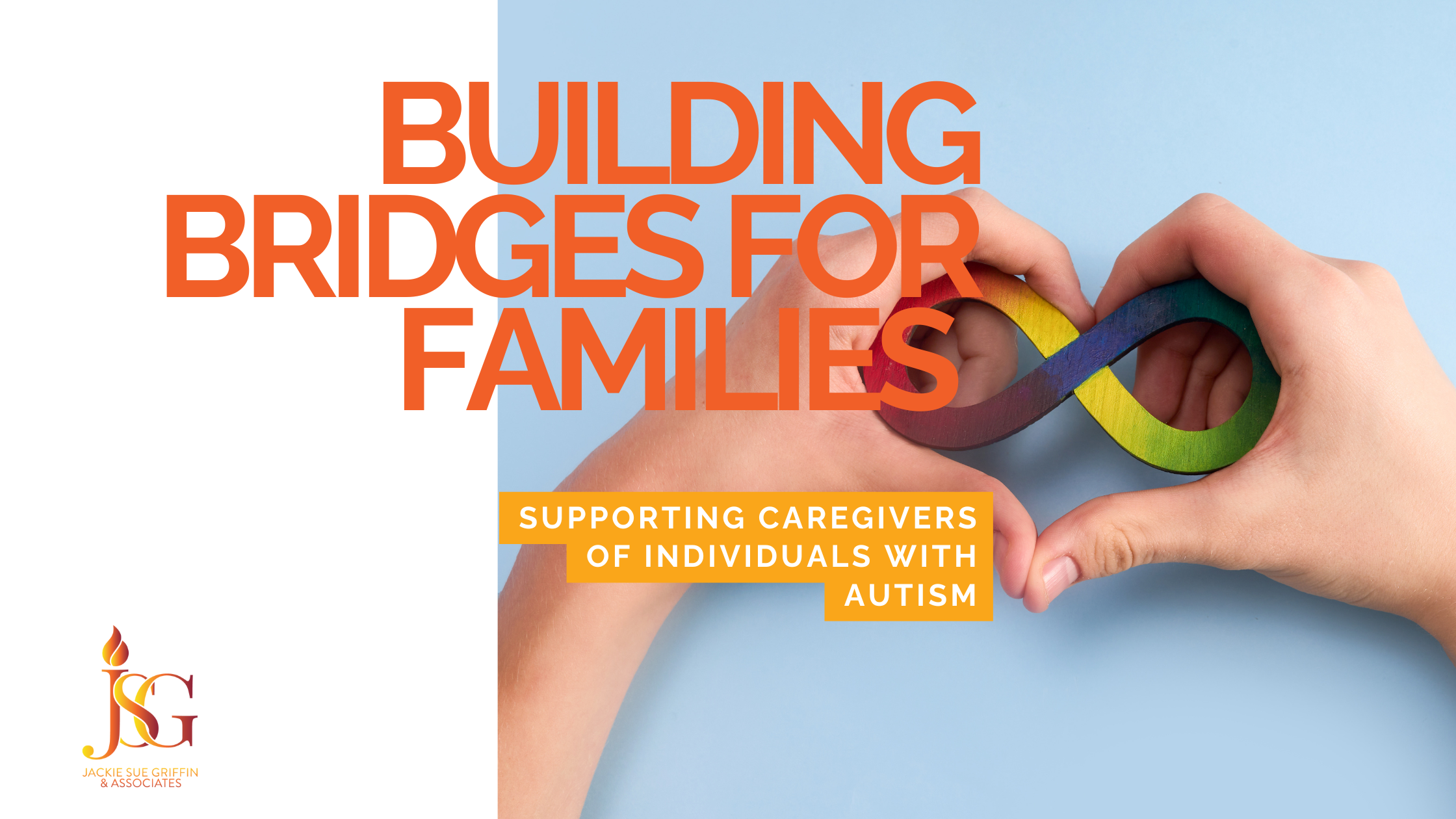
28 Apr Investing in the Earth: How Nonprofits Can Incorporate Sustainability Practices
Every April 22, people around the world come together to celebrate Earth Day. It’s a reminder that we all share responsibility for protecting our planet—and that even small changes can create meaningful impact. For nonprofits, Earth Day is more than a symbolic event. It’s a chance to lead by example, show values in action, and inspire others to adopt environmentally responsible practices.
Even if your mission isn’t directly tied to environmental work, incorporating sustainability into your organization’s culture, operations, and storytelling can strengthen your brand, reduce long-term costs, and build deeper community trust.
Start Where You Are
Sustainability can sound overwhelming, especially for nonprofits managing tight budgets and busy teams. But it doesn’t require a complete overhaul to make a difference. Begin by evaluating your current practices. How much paper does your team use? Are recycling bins accessible? Do your events produce a lot of single-use waste?
Simple, low-cost steps like switching to digital forms, using LED lighting, or creating a green team of staff volunteers to suggest eco-friendly improvements can spark positive change. Sustainability is a journey, not a one-time checklist—and it’s okay to start small.
Rethinking Office Habits
Your office is a great place to begin building greener habits. Go paperless whenever possible. Encourage reusable water bottles and mugs instead of disposable ones. Choose office supplies with recycled content or minimal packaging. Consider energy-saving habits like shutting down computers at the end of the day and turning off lights in unused rooms.
If you rent a shared office or coworking space, you can still advocate for green improvements like composting or motion-sensor lighting. It’s all about asking questions, building awareness, and modeling the behavior you want to see.
Sustainable Events and Programs
From fundraising galas to community workshops, events are a big part of nonprofit life—and they can also create a lot of waste. Look for ways to make your gatherings more sustainable.
That could include:
- Using compostable or reusable tableware
- Choosing local caterers who source food responsibly
- Printing fewer materials (or going completely digital)
- Encouraging carpooling or public transit
- Avoiding plastic water bottles by offering refill stations
And don’t forget to share what you’re doing! Let attendees know your event is intentionally low-waste and invite them to participate in those efforts. You’ll raise awareness while reinforcing your values.
Partnering with Like-Minded Organizations
You don’t have to go it alone. Partnering with environmental nonprofits or local sustainability groups can create new opportunities for impact—and help you learn from those with deeper expertise in this space.
For example, a food bank might team up with an urban farm to reduce food waste and increase access to fresh produce. A youth-serving nonprofit could host an Earth Day cleanup with a local conservation group. These cross-sector collaborations strengthen the community while advancing shared goals.
Greening Your Fundraising
Sustainability can even find its way into your fundraising efforts. Consider offering donation incentives that align with Earth-friendly values—like planting a tree in honor of a donor, or providing branded reusable totes instead of plastic promo items.
You can also encourage supporters to give electronically and opt out of paper receipts or mailings. Make sure your donor database is set up to track these preferences so your team can follow through.
Walking the Talk Internally
To truly embed sustainability into your organization, it has to be part of your internal culture—not just a campaign for Earth Day. This means weaving it into your policies, onboarding, and team conversations.
Talk about why environmental responsibility matters to your mission, even if your core work is social services, education, or the arts. Set goals, share progress, and celebrate milestones together. When your staff feels invested, they’re more likely to champion sustainable practices every day.
Telling Your Green Story
Finally, don’t forget to tell your story. Share your sustainability efforts on social media, in newsletters, and in conversations with donors. People want to support organizations that care—not just about their mission, but about the bigger picture.
Earth Day is the perfect time to spotlight your progress, inspire others, and renew your commitment to protecting our shared home.
Incorporating sustainability into your nonprofit isn’t just good for the planet—it’s good for your people, your brand, and your long-term resilience. The choices you make today can create ripple effects for years to come.
This Earth Day, let’s move beyond awareness and take action. Because when nonprofits lead with intention and heart, they show the world what real change looks like.

No Comments